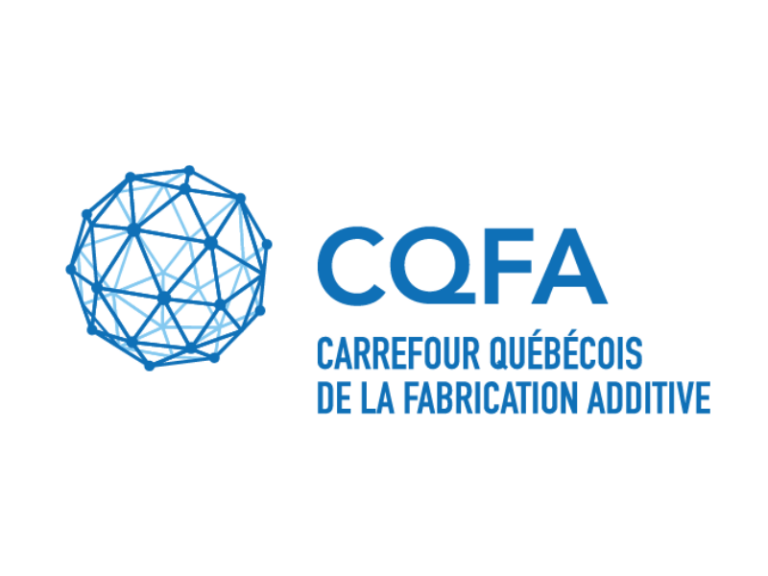
2023/02/13
An investigation of the microstructures and mechanical properties of AlSi10Mg in laser powder bed fusion with a narrow particle size distribution
Turner, T. (2022). An investigation of the microstructures and mechanical properties of AlSi10Mg in laser powder bed fusion with a narrow particle size distribution. Thesis.
Laser powder bed fusion (LPBF) is being investigated as a new method to produce end-use parts from AlSi10Mg by the aerospace and automotive industries. This material is excellent for lightweight components and is favored for its machinability and relatively low cost. LPBF allows for the reduction of processing steps, greater design freedom, and improvements to assemblies which can greatly enhance final products.Aluminum powders are highly challenging to use, especially due to complications related to the smaller particles present in most standard particle size distributions (PSD). It is the purpose of this research to investigate the LPBF processability of an AlSi10Mg powder having a very narrow PSD. The powder was characterized by quantifying the flow, PSD, and morphology. Comparisons were made between the gas atomized powder and the printed microstructures. The effects of processing parameters were linked to the density, microstructure, and mechanical properties. The results obtained were similar to, and in some cases improved upon the results of other LPBF of AlSi10Mg works; therefore, the study concluded that a narrow PSD is viable for processing in laser powder bed fusion. Our investigation suggests that the increased strength in LPBF alloys is due to the presence of the combined effects of the macrostructure, microstructure, and the applied strengthening mechanisms. The properties of the as-built samples are attributed to the solid solution strengthening together with grain refinement strengthening. The effects of processing by LPBF on the microstructure results in a significant enhancement in strength of the alloy as compared to conventionally cast AlSi10Mg.